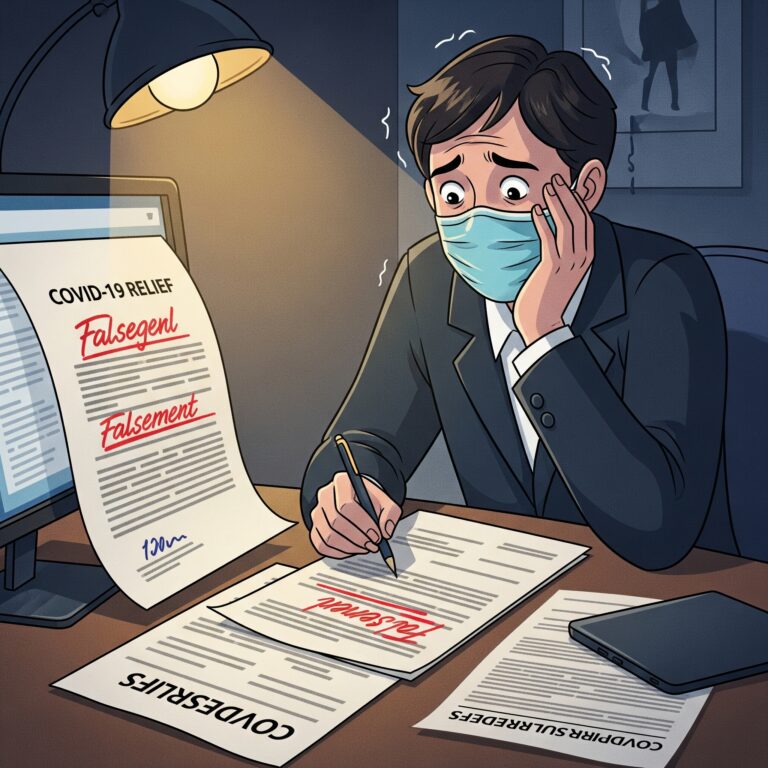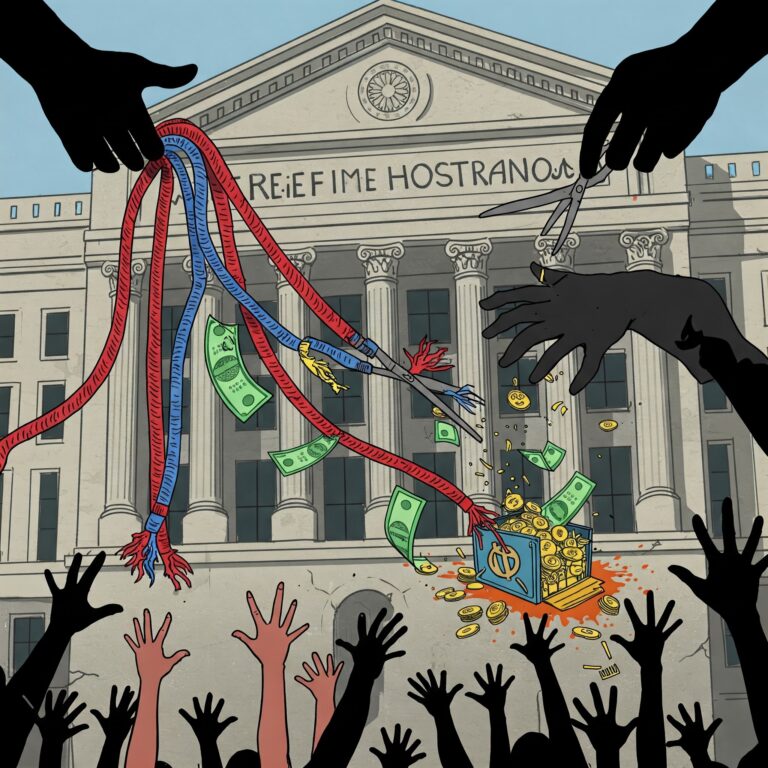A Felon’s Fortune: How the Jemel Lyles Case Exposes the Anatomy of America’s $200 Billion COVID Fraud Epidemic
The guilty plea of Jemel Lyles, a 43-year-old convicted felon from Washington, D.C., offers a stark and revealing portrait…

The guilty plea of Jemel Lyles, a 43-year-old convicted felon from Washington, D.C., offers a stark and revealing portrait…

1. Introduction: Anatomy of a Pandemic Fraud – The Fayetteville Case In a Fayetteville, Arkansas federal courtroom, the carefully…

The COVID-19 pandemic brought unprecedented economic challenges, prompting the US government to launch massive relief programs like the Paycheck…